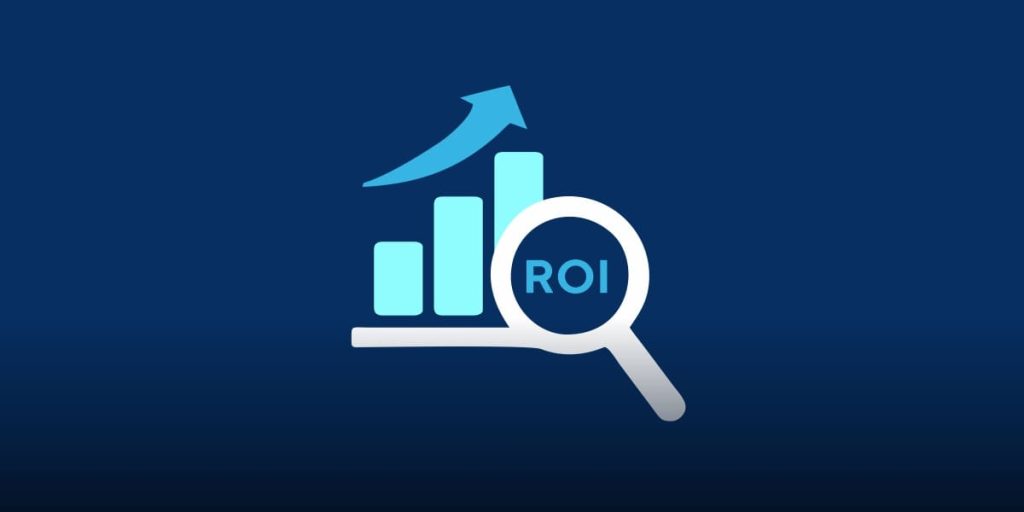Measuring ROI of Your Content Marketing Campaign
Content marketing is a key component of successful online marketing strategies, and it can be difficult to measure the return on investment (ROI) of your campaigns. Measuring ROI involves tracking metrics such as website traffic, leads generated from content, conversions, sales, referral traffic and more.
With the proper tools and techniques in place, you can determine how much money you’re making from your content efforts — and what areas need improvement. In this guide we’ll outline the steps you need to take in order to measuring ROI of your content marketing campaigns.
We’ll cover everything from setting measurable goals to tracking relevant metrics that provide valuable insights into your campaigns’ performance. By following these steps, you’ll have a clear understanding of whether or not your content marketing efforts are paying off — and what you can do to improve them.
Set and Measure Your Goals – Measuing ROI
The first step when measuring ROI of your content is to set clear, measurable goals. Ask yourself what it is you want to accomplish with your content — whether that’s bringing in more leads or driving more sales.
Once you have a goal in mind, create a metric that allows you to measure it. This could be something like website traffic, lead count or revenue generated from content.
Once you’ve identified your goals and metrics, start tracking them using analytics tools such as Google Analytics or other marketing automation software. These tools will give you detailed information on how well your campaigns are performing and help you identify areas for improvement.

Measuring ROI
Track Relevant Metrics
Once you’re tracking your key performance indicators (KPIs), the next step is to track other relevant metrics that can provide valuable insights into your campaigns. These could include:
- Average session duration
- Bounce rate
- Time on page
- Pages per session
- Referral traffic sources
- Social media engagement
By tracking these metrics, you’ll be able to get a better understanding of how users are interacting with your content — and what changes you need to make in order to improve performance.
Additionally, tracking referral traffic sources will help you identify opportunities for link building and collaboration with influencers in your industry.
Analyze Your Data – Measuring ROI
Once you’ve been collecting data for a while, it’s time to start analyzing it. Look for insights into what content is performing well, which content needs more work and where you could be making improvements.
Pay attention to trends in your data and use that information to inform future decisions. For example, if you notice that a certain type of content is consistently outperforming the others, double down on it and create more of that kind of content in the future.
Alternatively, if you see an article or post that isn’t doing so well, try tweaking it or creating something similar with a different angle to see how it performs.
Receive an Audit Today!
Measuring the ROI of your content isn’t always easy, but it’s essential if you want to maximize the effectiveness of your campaigns. By setting measurable goals, tracking relevant metrics and analyzing your data, you’ll be able to get a clear picture of how successful your content marketing efforts really are — and make changes accordingly.
If you need help with measuring the ROI of your content marketing campaigns, reach out to our experts today for a free audit! We can provide insight into which areas need work and recommend strategies that will help give you better results. Contact us today to get started!




